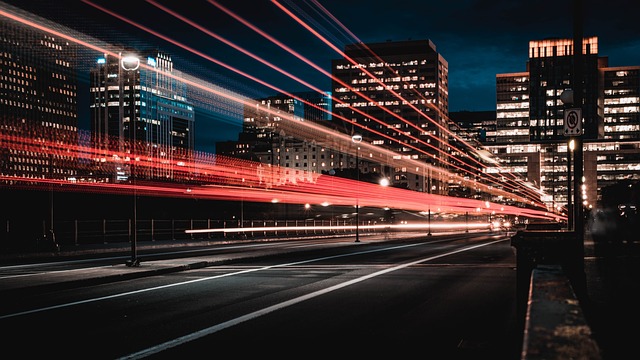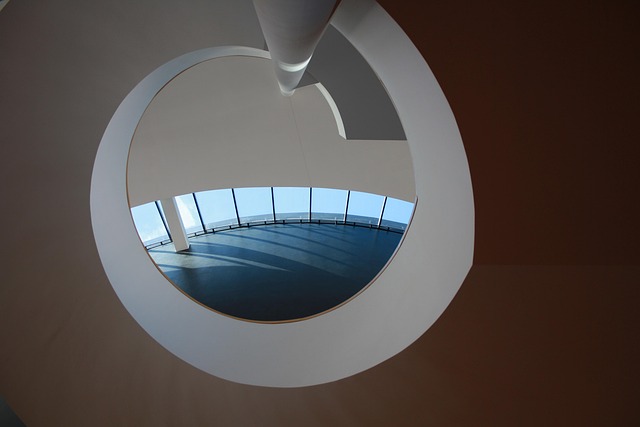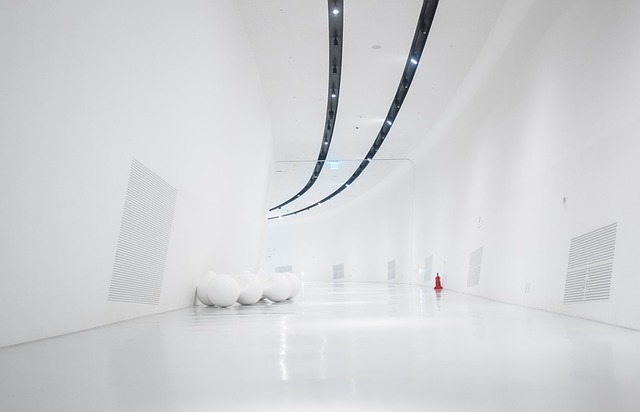Real estate developments drive community vibrancy by incorporating interactive spaces like shared gardens, parks, and community centers. These amenities foster social activities, cultural events, and neighborhood connections, creating a sense of belonging. Well-planned projects revitalize underutilized areas, attracting businesses and services that enrich local life. Green spaces are crucial for urban neighborhoods, providing recreational areas, promoting well-being, enhancing aesthetics, and serving as social hubs, making them desirable assets in the competitive real estate market.
In today’s competitive market, improved real estate developments are not just about brick and mortar; they’re catalysts for community vibrancy. This article explores how strategic initiatives like enhanced amenities and green spaces foster social connections and transform neighborhoods. Discover how these elements spark engagement, create diverse social environments, and ultimately elevate the quality of life in communities across the nation. From urban revitalizations to suburban oasis, real estate developments are redefining neighborhood dynamics.
How Real Estate Developments Spark Community Engagement

Real estate developments play a pivotal role in fostering community vibrancy by creating spaces that encourage interaction and engagement. New constructions, whether residential apartments or mixed-use complexes, often incorporate amenities designed to bring people together—from shared gardens and parks to community centers and event venues. These spaces become hubs for social activities, cultural events, and neighborhood gatherings, strengthening the sense of belonging among residents.
Moreover, well-planned real estate projects can revitalize underutilized areas, attracting businesses and services that further enhance local life. As these developments grow, they spark curiosity and interest, encouraging residents to explore their surroundings, support local enterprises, and actively participate in community initiatives. This dynamic interplay between real estate and community engagement ultimately contributes to a thriving, vibrant neighborhood where people not only live but also connect and thrive.
The Role of Amenities in Building Social Connections

In the realm of real estate, amenities play a pivotal role in fostering community vibrancy and strengthening social connections. From well-maintained parks and recreational facilities to modern community centers and social clubs, these shared spaces encourage residents to gather, interact, and build relationships. The bustling atmosphere that emerges from such amenities creates a sense of belonging, enhancing the overall quality of life within the community.
Moreover, amenities serve as hubs for various social activities, events, and programs, further promoting interconnection among neighbors. Whether it’s hosting community festivals, organizing sports leagues, or providing spaces for art classes and workshops, these initiatives foster meaningful interactions that strengthen the social fabric. As a result, communities with well-designed and abundant amenities tend to be more vibrant, inclusive, and desirable, making them top choices for prospective residents in today’s competitive real estate market.
Green Spaces and Their Impact on Neighborhood Dynamics

Green spaces, such as parks and community gardens, play a pivotal role in enhancing neighborhood dynamics and fostering a sense of community. In urban areas, where real estate is often at a premium, these green oases provide residents with much-needed recreational areas, promoting physical activity and mental well-being. The presence of lush greenery can significantly improve the overall aesthetic appeal of a neighborhood, making it more attractive to potential buyers and renters alike in the competitive real estate market.
Moreover, green spaces serve as social hubs where neighbors gather, fostering connections and strengthening community bonds. They facilitate intergenerational interactions, encouraging older residents to mentor younger ones, and creating a supportive environment for communal events and gatherings. This sense of community extends beyond individual homes, uniting neighbors in a shared space that reflects the area’s vibrancy and character.






